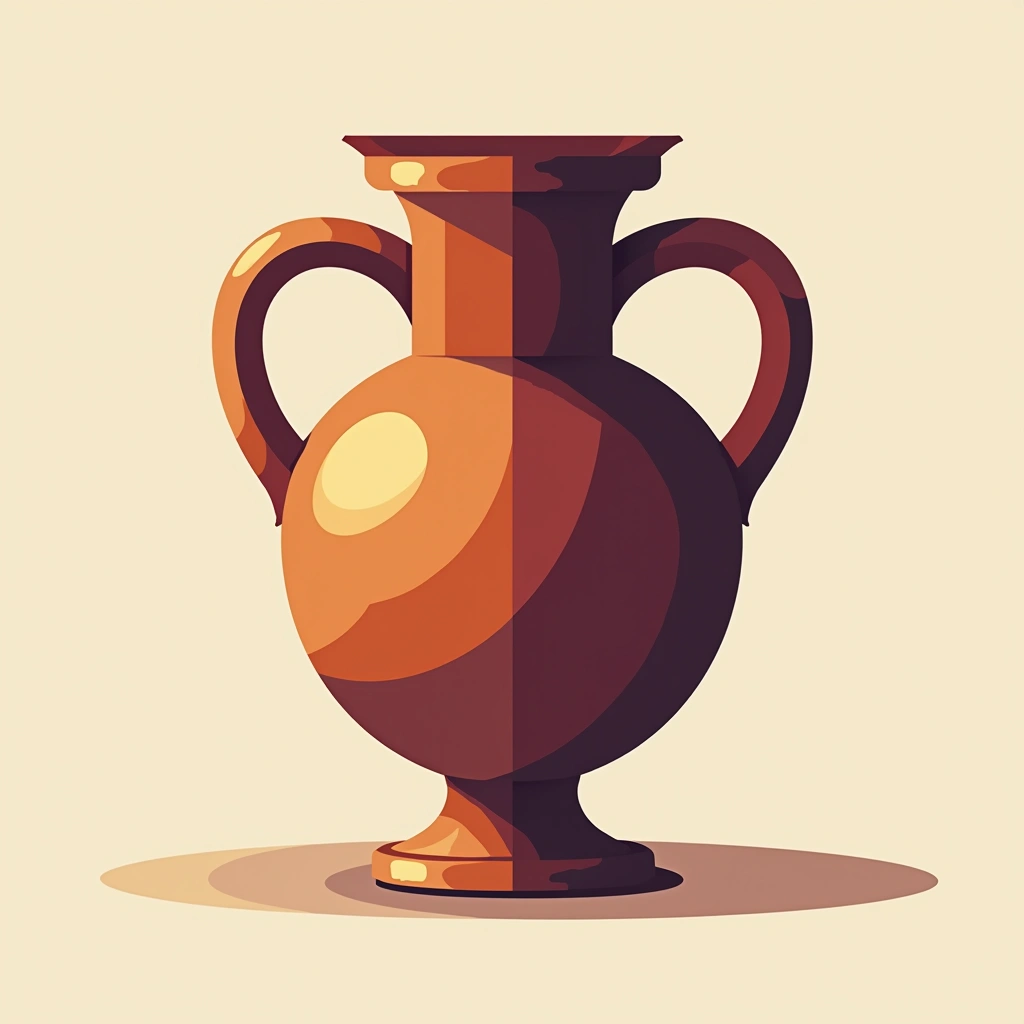
Heavy alcohol consumption
Regularly consumed large quantities of undiluted wine during prolonged banquets and celebrations. This practice increased vulnerability to physical harm and impaired judgment during critical moments.



Military pre-dawn preparations
Conducted night marches and early morning military exercises to build physical endurance. Used fasting until midday to sharpen mental focus before strategic decision-making.



Strategic marriage alliances
Married key political figures' daughters to consolidate power in conquered regions. Personally wed Roxana of Bactria and Stateira of Persia while arranging 80 political marriages for officers.


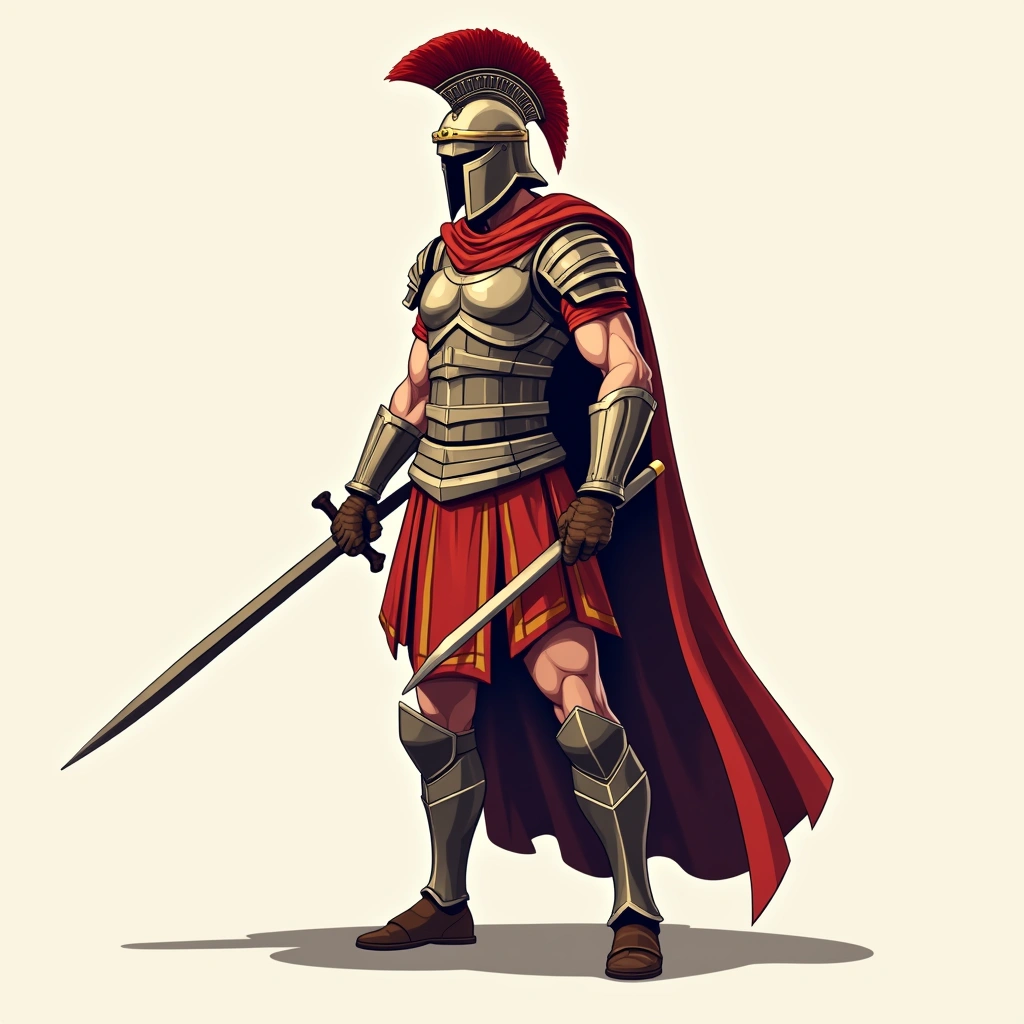
Cultural assimilation practices
Adopted local customs like Persian dress and proskynesis (ritual prostration). Integrated foreign troops into his army while maintaining Macedonian core leadership.


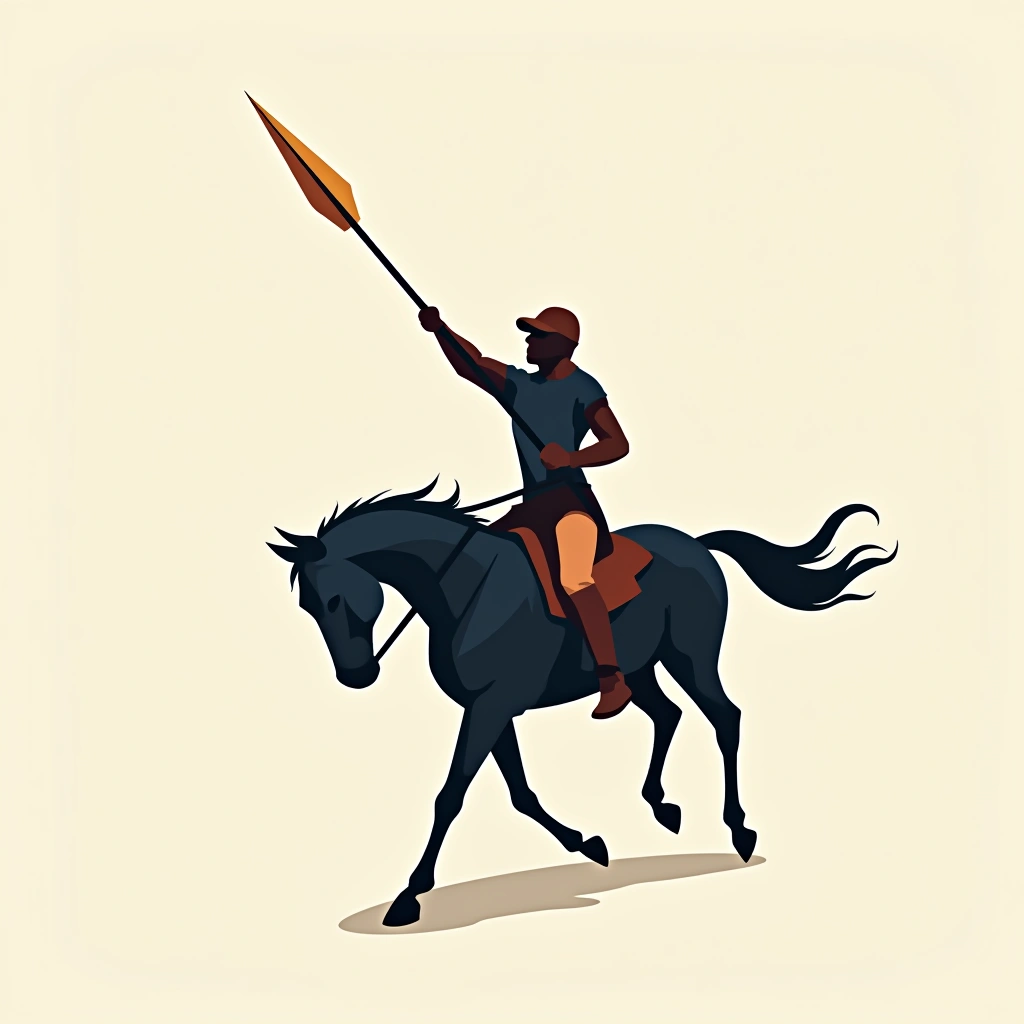
Frontline combat leadership
Personally led cavalry charges in battle, sustaining multiple injuries. Exposed himself to enemy fire to inspire troops and assess tactical conditions firsthand.



Intellectual patronage system
Funded scholars and maintained correspondence with Aristotle. Collected scientific specimens during campaigns and sponsored geographic research expeditions.



Hunting as combat training
Organized lion and boar hunts using military formations. Practiced mounted archery and coordinated attacks during leisure expeditions.


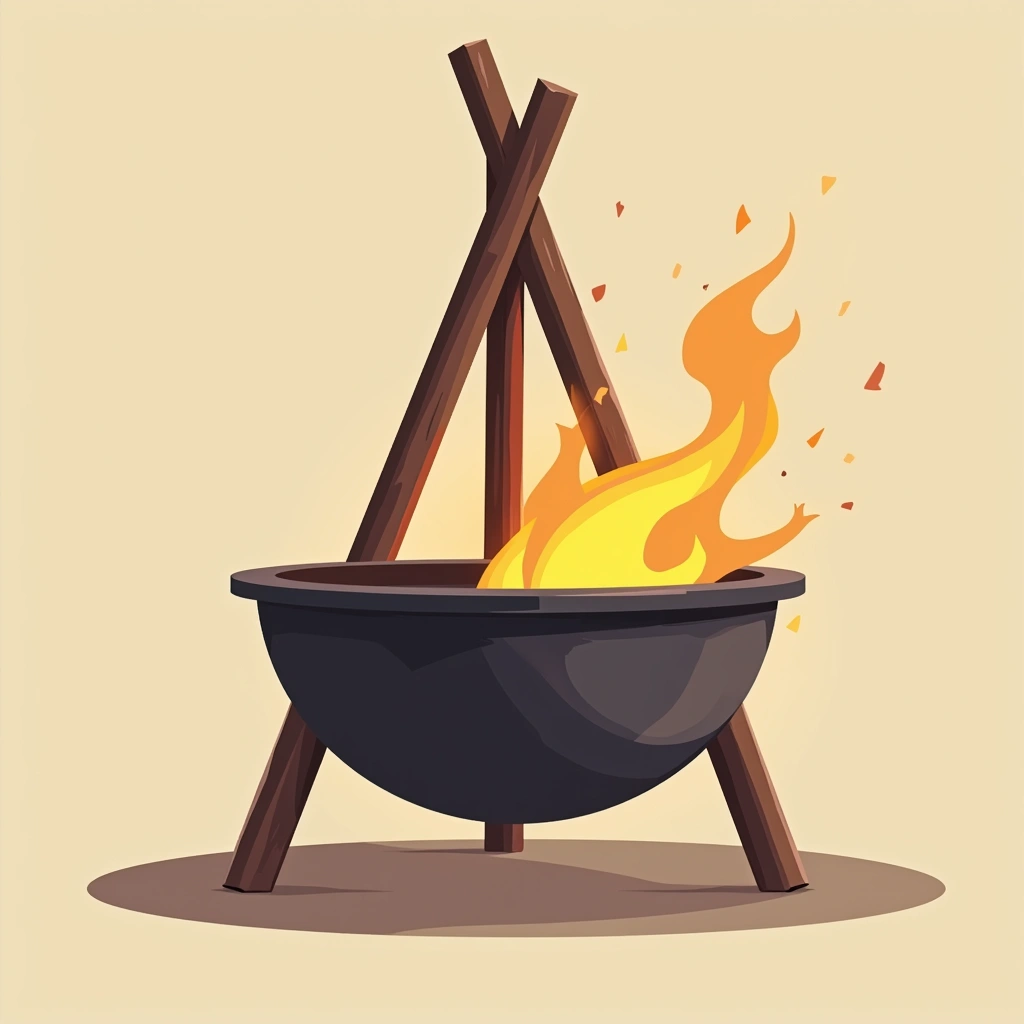
Religious ritual observance
Conducted daily sacrifices to Greek gods before dawn. Consulted oracles for military decisions and built temples in newly founded cities.



Personnel loyalty cultivation
Hosted symposia with officers to reinforce bonds. Personally treated wounded soldiers and remembered individual service histories.


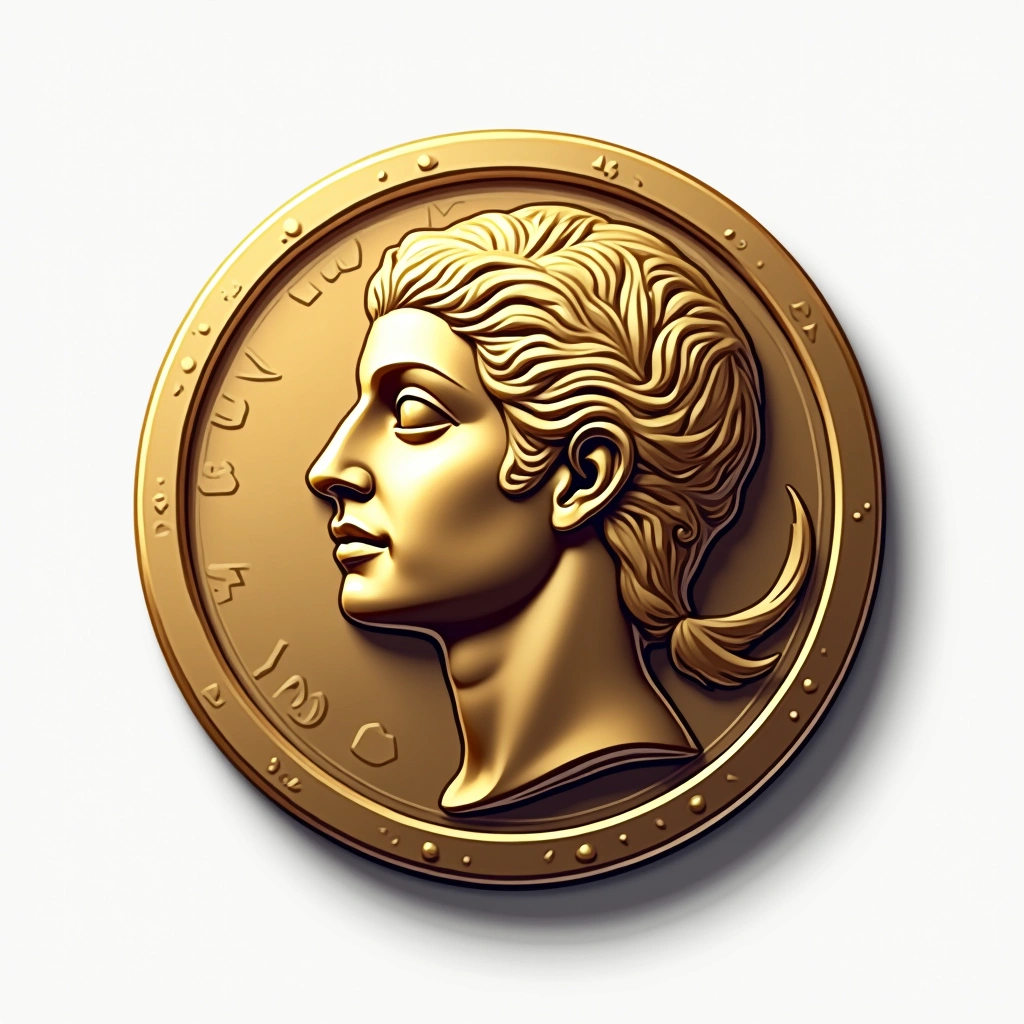
Infrastructure standardization
Established uniform coinage and measurement systems. Built strategic cities with standardized military garrisons and Greek-style agoras.


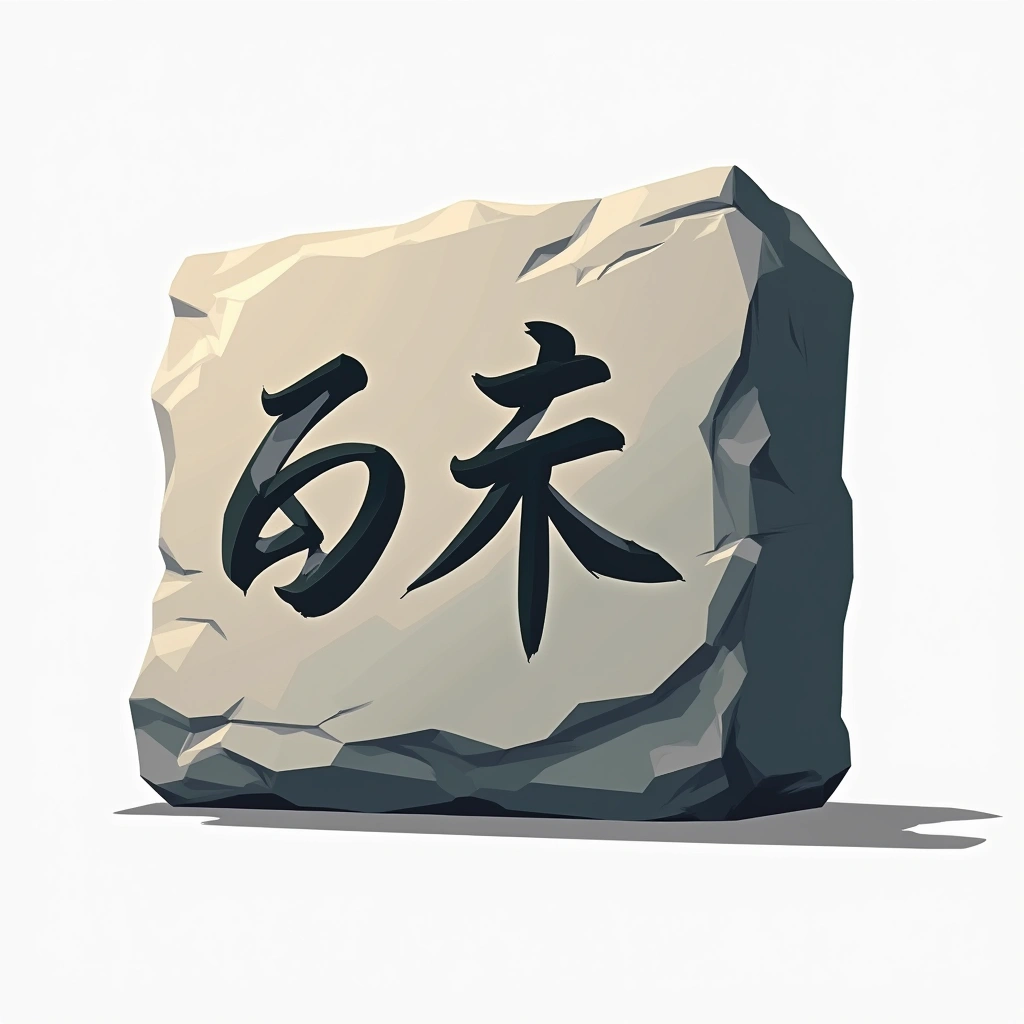
Linguistic adaptation strategy
Learned Persian and Egyptian languages. Required officers to study local dialects while maintaining Greek as administrative language.



Logistical redundancy planning
Maintained duplicate supply lines and prepositioned grain stores. Used camel caravans for desert operations and maritime support for coastal campaigns.



Military intelligence network
Deployed scouts 3 days ahead of main force. Intercepted merchant caravans for regional updates and maintained spy cells in rival courts.



Tactical innovation cycles
Modified phalanx formations with mobile reserves. Experimented with siege engine combinations and integrated cavalry-artillery tactics.



Succession contingency planning
Trained multiple junior officers for command roles. Established parallel command structures and documented standard operating procedures.



Psychological warfare tactics
Used deliberate rumor campaigns and staged demonstrations. Displayed mercy to surrendering cities while annihilating resistance strongholds.



Cultural preservation efforts
Restored local temples and reproduced religious artifacts. Commissioned dual-language monuments and preserved regional legal codes.



Strategic city foundation
Established 20+ Alexandria cities with garrison theaters. Positioned urban centers at trade route intersections with fortified acropolises.



Medical corps development
Maintained mobile surgical units and herbal pharmacies. Instituted wound cleaning protocols and casualty evacuation systems.



Personal armor refinement
Wore customized composite armor blending Macedonian and Persian elements. Experimented with layered linen protection and integrated command insignia.



Hydraulic engineering focus
Constructed harbor breakwaters and canal systems. Developed siege water supply solutions and desert well-digging techniques.



Cavalry specialization program
Bred hybrid Nisaean horses and trained mounted archers. Developed wedge formation charges and coordinated flanking maneuvers.


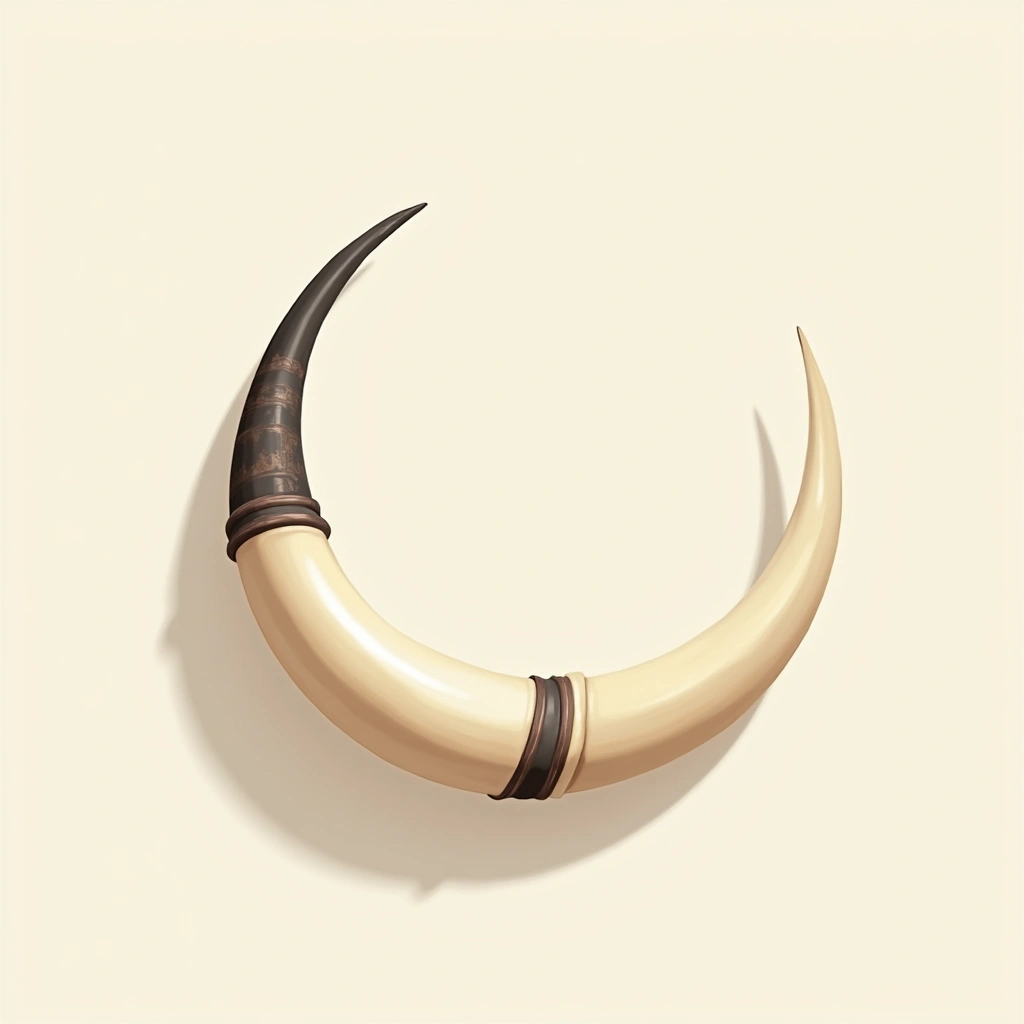
Diplomatic gift exchanges
Sent luxury items to influence foreign leaders. Received tribute animals for breeding programs and displayed exotic gifts publicly.



Meteoric rise memorialization
Commissioned court historians and battlefield artists. Struck victory coins and erected triumphal monuments along campaign routes.



Climate adaptation strategies
Developed cold weather gear for Hindu Kush campaigns. Designed sun protection gear and seasonal marching schedules.


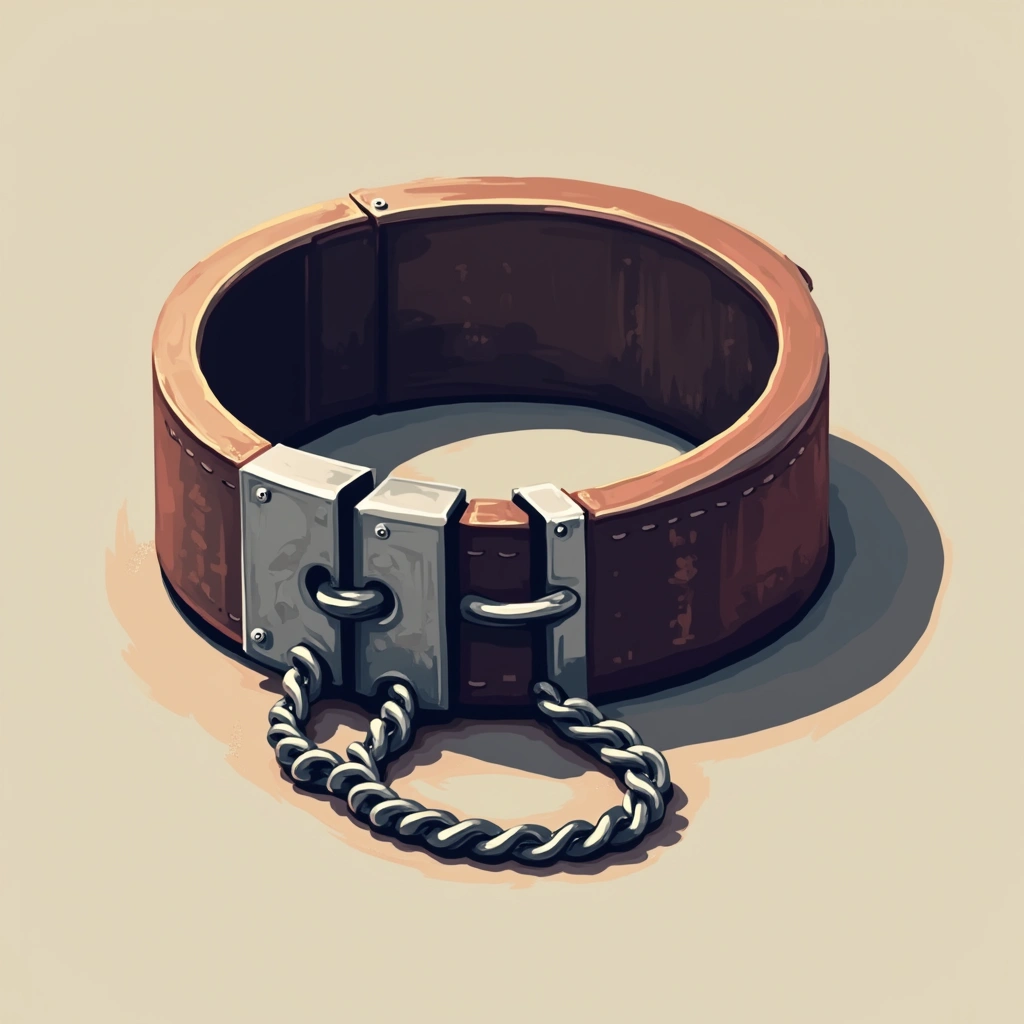
Prisoner utilization system
Enslaved skilled artisans for construction projects. Recruited mercenaries from defeated armies and ransomed high-value captives.



Naval innovation investment
Developed siege ship boarding bridges and harbor assault vessels. Integrated marine contingents with land-based siege engines.



Dynastic legacy planning
Appointed dual successors and established regency councils. Drafted imperial administrative guidelines and centralized record-keeping systems.



Strategic deception operations
Used dummy campfires and deceptive marching routes. Released false dispatches and staged diversionary troop movements.



Cultural hybrid court rituals
Blended Macedonian symposiums with Persian royal audiences. Introduced mixed dress codes and multilingual proclamation ceremonies.

